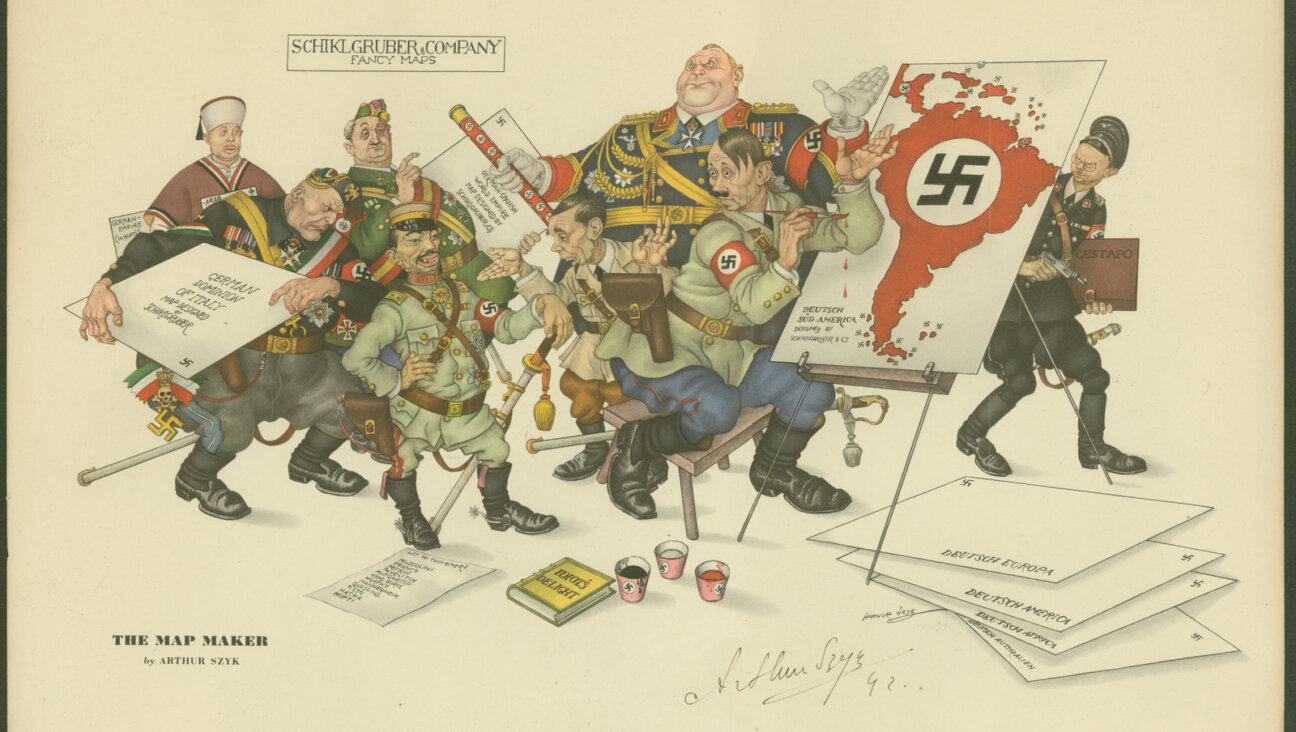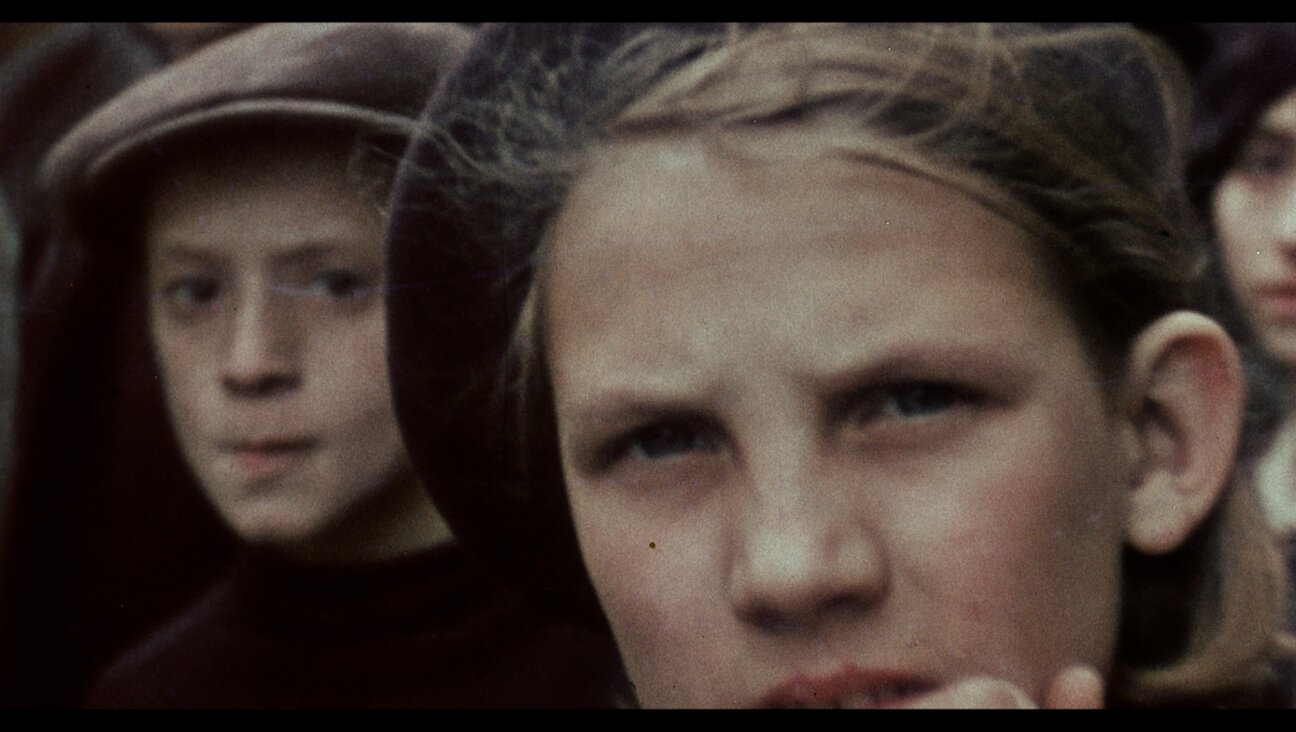This is the Forward’s coverage of the Yiddish language historically spoken by Ashkenazi Jews in Europe and still spoken by many Hasidic Jews today.
For more stories on Yiddishkeit, see Yiddish World, and for stories written in Yiddish,…
This is the Forward’s coverage of the Yiddish language historically spoken by Ashkenazi Jews in Europe and still spoken by many Hasidic Jews today.
For more stories on Yiddishkeit, see Yiddish World, and for stories written in Yiddish,…
The dispute over the papers of the late Yiddish writer Chaim Grade has been settled in favor of the YIVO Institute for Jewish Research and the National Library of Israel, according to a recent press release. The two organizations have also gained control over copyright to Grade’s published work. Grade was one of the most…
This post is in response to “Yenta’s Dirty Roots,” which ran on The Sisterhood on February 10, 2013. One of the many interesting things about Yiddish is that no one is entirely sure how it started. Though it originated in Medieval Europe, its exact roots are the subject of competing hypotheses among scholars. What isn’t…

Earlier, Hannah S. Pressman wrote about the idea behind “Choosing Yiddish: New Frontiers of Language and Culture” and when she first began to study Yiddish. Her blog posts are featured on The Arty Semite courtesy of the Jewish Book Council and My Jewish Learning’s Author Blog Series. For more information on the series, please visit:…

Forward Looking Back brings you the stories that were making news in the Forward’s Yiddish paper 100, 75, and 50 years ago. Check back each week for a new set of illuminating, edifying and sometimes wacky clippings from the Jewish past. 100 Years Ago 1913 Detectives from the 5th Street Station were given a tip…

Earlier this week, Hannah S. Pressman wrote about when she first began to study Yiddish. Her blog posts are featured on The Arty Semite courtesy of the Jewish Book Council and My Jewish Learning’s Author Blog Series. For more information on the series, please visit: The three of us waited expectantly and somewhat nervously in…

The Forward’s new Yiddish site has certainly taken off with a bang. In the days since the launch of the yiddish.forward.com site was announced, several major media outlets have run stories on it, and what it means for the future of the Yiddish language. We hoped the new site might get a lot of attention…

Hannah S. Pressman is the co-editor, with Lara Rabinovitch and Shiri Goren, of “Choosing Yiddish: New Frontiers of Language and Culture.” She is the editor of stroumjewishstudies.org and affiliate faculty for the University of Washington’s Stroum Jewish Studies Program. Her blog posts are featured on The Arty Semite courtesy of the Jewish Book Council and…

What mazel! Last week, Yiddishists round the world woke up to find an article by Joseph Berger about the Forverts — in the New York Times, no less — entitled: “For Yiddish A Fresh Presence Online”. The next day, a Hebrew translation of the article appeared in the Israeli newspaper, Haaretz, with a slightly different…








100% of profits support our journalism